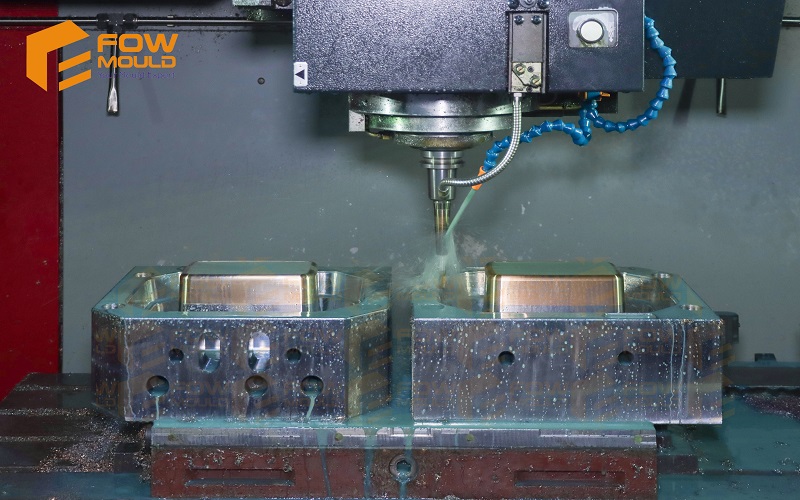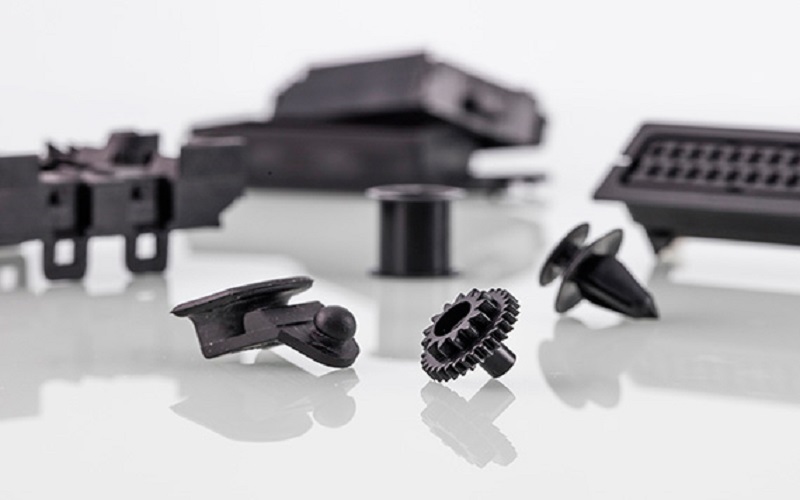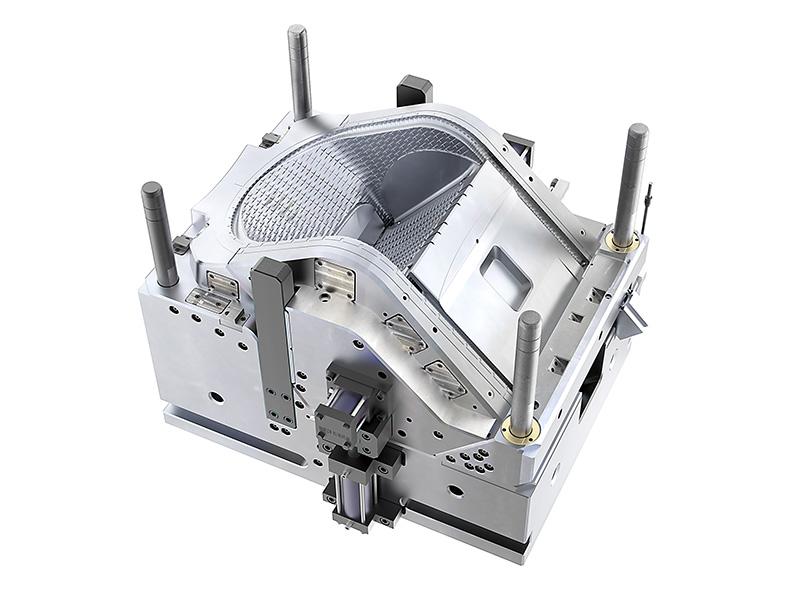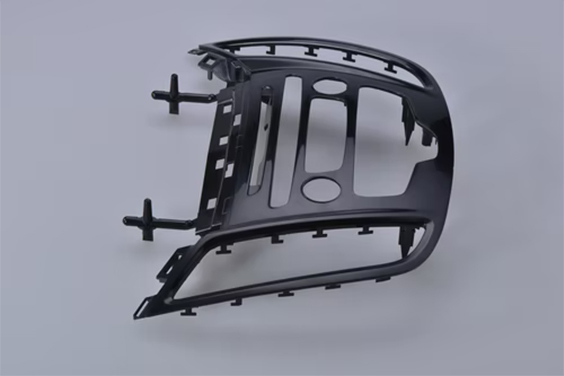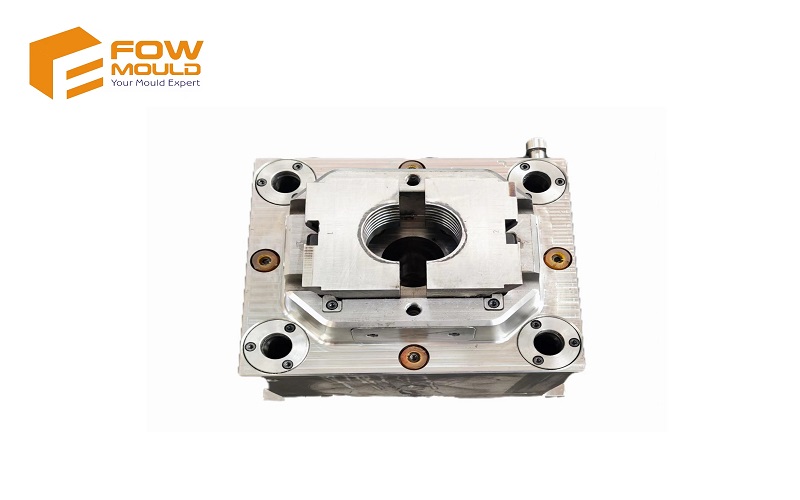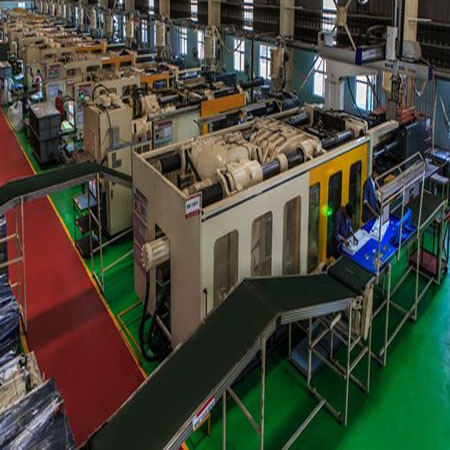
Different Types of CNC Machines
- Home
- > Blog
CNC machining is not a new concept in mold making technology. It has been around for quite a while since it was put into use for the first time in the ’50s. Since then, there have been a lot of developments surrounding machines, especially the incorporation of technology and robotics. The modern-day CNC machines are among the most versatile innovations in the manufacturing space, and this is the reason why they are being adopted by many companies at a very fast pace.
We will be looking at the different types of CNC machining tools that exist, their classifications, how they operate, and the benefit they bring to the manufacturing space in general. If you have been thinking of switching to CNC machines, five then you are in the right place.
Table of Contents
Classification of CNC Machines
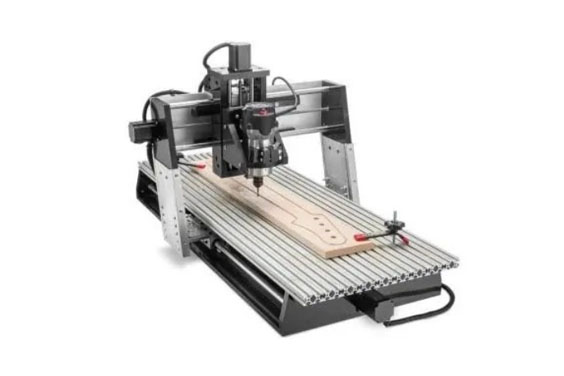
Source: Pinterest
There are about 5 types of CNC machines that are classified depending on a number of variables. These variables are what determine how the machine is used, among many other aspects of the entire process. CNC machines are classified according to the following parameters.
Function and Parts: CNC machines can be classified by the function they are designed for. Under this, they range from injection molding machines, lathe, milling, drilling, cutting, and grinding machines. Each of these comes with its own unique parts that could range from drills for boring holes, blades for cutting materials, and grinders for smoothing surfaces.
Motion Type: They can also be classified based on their motions. CNC machines have two major motion types; they can either be Point to Point where the tools and the materials are placed in fixed positions until the process is complete, or they can be contouring systems where the cutting tools follow a set contour path that doesn’t deviate at any point.
Number of Axis: A majority of CNC machines come with 2-axis capabilities, and these are the simplest forms of CNC machining. The number of axes increases gradually all the way to the 5-axis, which is the ultimate form of CNC machining. These are more sophisticated and are used for more complicated jobs.
Control Loop: When it comes to the nature of the control loop, CNC machines come in two types. They can either be Open-Loop systems where the communication between the motor and the controller is one way. In Closed-Loop, the feedback between the controller and the motors goes through various channels, and this increases efficiency and speed.
CNC Machine Types
To date, there are about five clear types of CNC machines that exist in the market today. They are used for a wide variety of tasks in a number of manufacturing sectors. They include the following.
CNC Lathe Machine
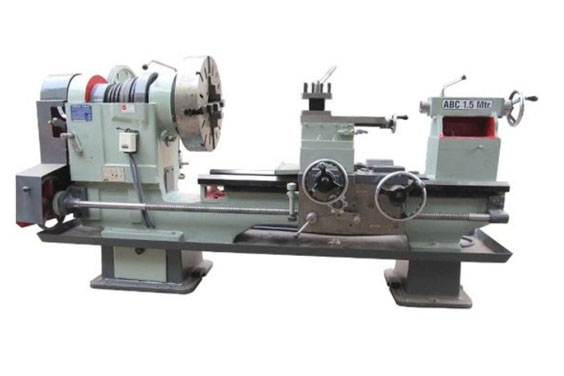
Source: Pinterest
These are machines that have the ability to rotate and turn materials when the machining process is ongoing. Also called turning machines, their cutting tools are fed into the machine in a linear motion on the rotating bar stock. They keep moving in that fashion, removing materials from the workpiece till the desired shape is achieved. Due to these unique and controllable movements, CNC lathe machines are used to create products that have drilled holes, broaches, tapers, threads, reamed holes, and slots, among many others. This machine is what is used to create bolts, poppets, screws, and shafts.
CNC Milling Machines
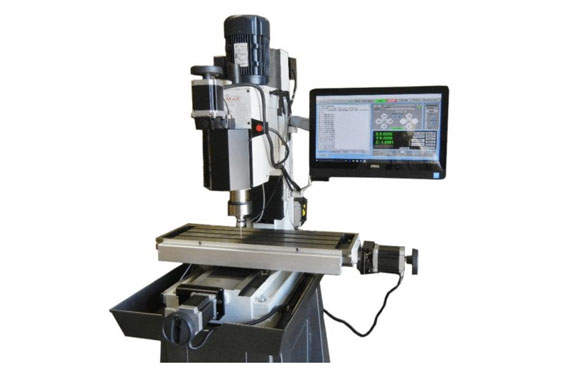
Source: Pinterest
These are machines that do their cutting by rotating only the tolls and holding the workpiece fixed in one place. This way, the machine is able to control both the speed and the intensity of the cuts to determine how deep they go for each movement. Milling machines are used to produce all kinds of products that are used in day-to-day activities such as furniture molding and bucket mould. Some of the parts created by milling machines include grooves, slots, notches, pockets, and other special indentations.
CNC Laser Cutting Machines
These are machines that have a pointed router that produces a focused laser beam at high temperatures and is used to make clean cuts into any raw material, no matter how tough it may be. The laser simply hits the surface of the material, causing it to melt instantly or even vaporize, leaving behind a clean cut. The worksheet is usually in sheet format with the laser focusing from the top guided by a robot that moves it in a very straight line. Laser cutting machines are used in creating solid logo engravings, among other roles involving tough materials.
CNC Electrical Discharge Machines
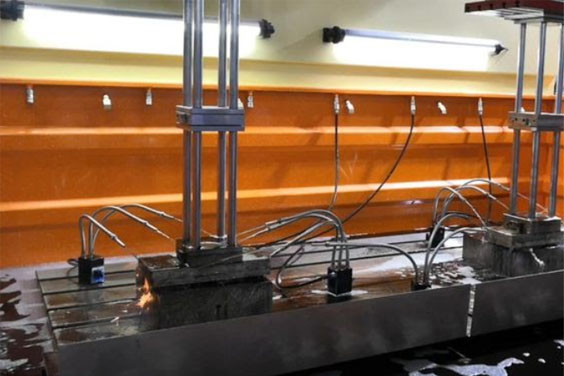
Source: Pinterest
Better known as EDM, these are special CNC machines that use electrical sparks to distort the shape and nature of materials until they attain the desired form. The sparks work by eroding away the unwanted parts slowly until what’s left behind is a clean product that is well within the required measurements. The heat produced by these machines is quite high and can reach 21,000 degrees Fahrenheit on some occasions, enough to melt most materials which are then washed away with special liquids, leaving behind the finished product.
CNC Plasma Cutting Machine
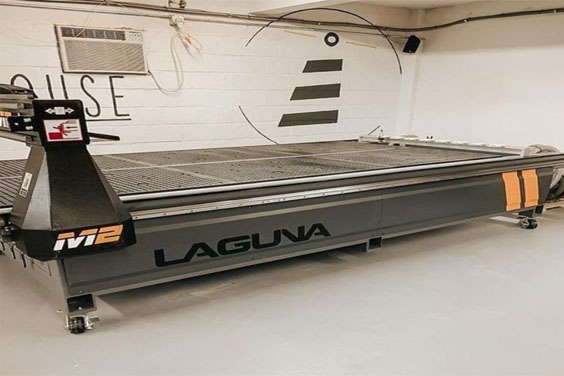
Source: Pinterest
These are machines that are used to cut materials using a high-powered plasma torch which is made up of electronically-ionized gas. The machine part holding the plasma torch is guided by a computer to ensure the cuts are straight and clean without any slight deviation. Plasma torches are much hotter than laser beams, and they can reach temperatures of over 50,000 degrees Fahrenheit, making them a very dangerous machine for people to be near.
Why Choose CNC Machines?
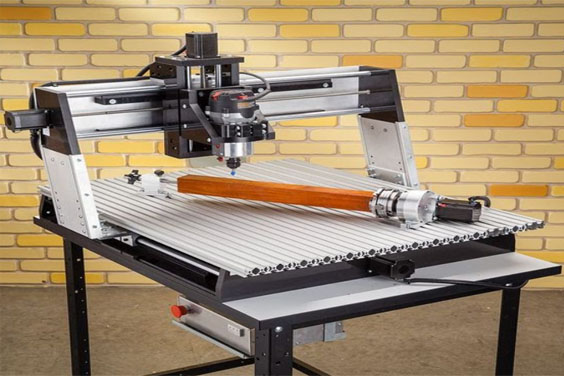
Source: Pinterest
With automation taking over manufacturing bit by bit, CNC machining is at the center of this growth as more people are embracing it for their production needs. This begs the question; Why are people switching to CNC machining? The following are some notable benefits they bring to the table.
CNC machines eliminate human errors. They are run by high-caliber computers and sophisticated programs that make them accurate and precise with very minimal room for errors, something that human beings can’t pull off.
CNC machines have made manufacturing safer by reducing accidents. There’s no longer any need for people to handle dangerous machines like plasma cutting tools, which can get pretty hot.
CNC machines have reduced wastage of materials as they are very good at utilizing everything they are working with. Anything that is leftover can still be injected back into the process for re-use.
Saves you time and money. The initial cost may be big, but once these machines are running at your plant, the production times will increase, and this will translate to more profits. You will start meeting all your demands on time, and this will be good for the reputation of your company.
It sets your business for success in the future. There’s no denying the signs, automation is taking over, and anyone too slow to switch to technology will soon find their company struggling to keep up with the competition. By adopting CNC machining, you will be taking the initiative ahead of your competitors.
Conclusion
CNC machines for mold making are among the most advanced manufacturing method around, and as time progresses, they are getting better and faster. They are fast, flexible, reliable, and tough. It is only a matter of time before they become cheap enough even for small-scale companies to have them in their production lines. For those looking to get some for their companies but have no clue on where to begin their search, visit our website and get in touch with our team of experts who will provide you with all the information you need.

